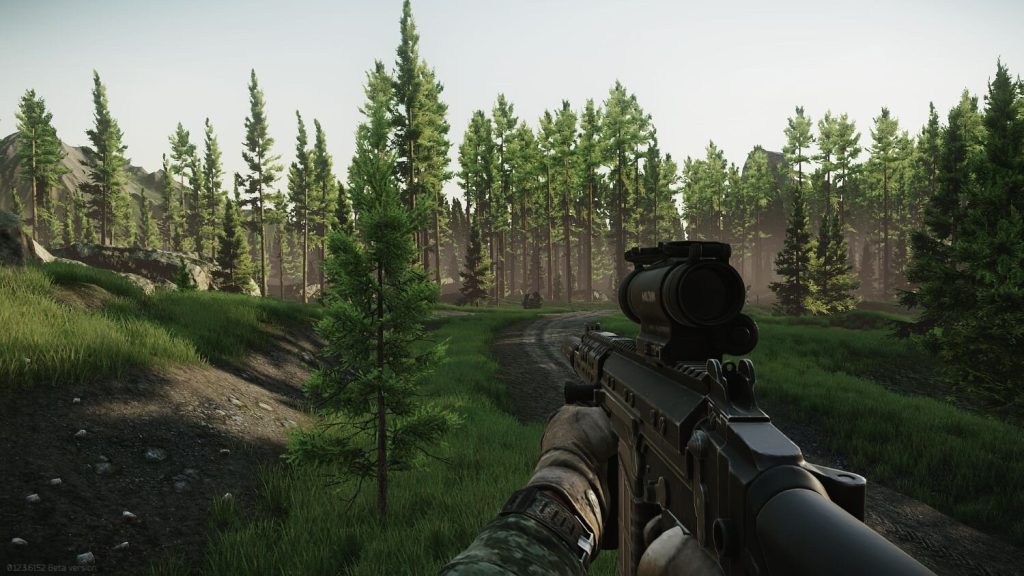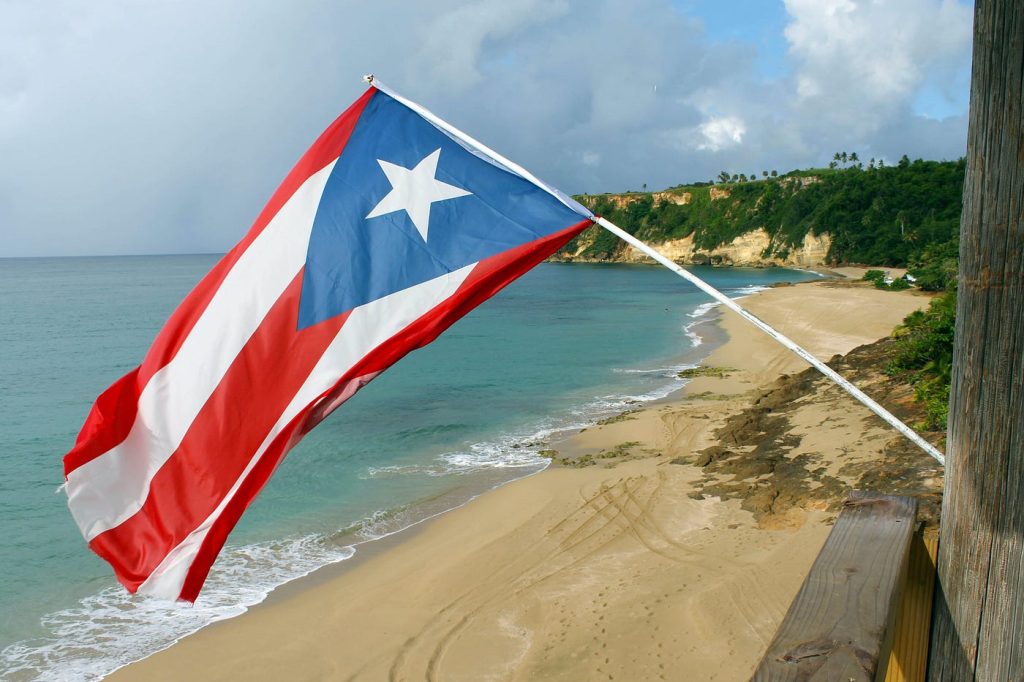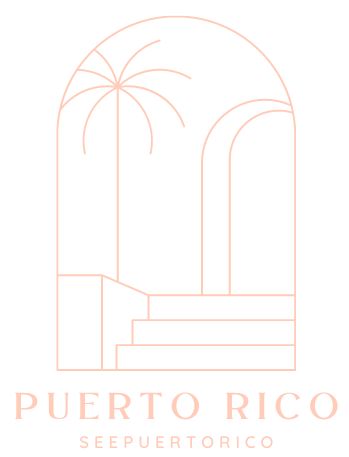As you consider what Puerto Rico means to the U.S., you’ll find a complex interplay of history, politics, and identity. From being a territory under U.S. control since 1898 to the ongoing debates about its future status, Puerto Rico’s relationship with the mainland is a multifaceted issue that resonates deeply with its inhabitants. The nuances of this connection reveal a story of resilience, aspirations, and the quest for self-determination that continues to shape the island’s trajectory.
Puerto Rico’s Historical Relationship With the U.S
Puerto Rico’s historical relationship with the U.S. can be traced back to the early 20th century when the U.S. Supreme Court defined the island as foreign to the United States in 1901. This definition set the stage for a complex dynamic characterized by territorial dependence and a lack of sovereignty. Despite being declared a territory belonging to the U.S., Puerto Rico did not enjoy the full rights and obligations of American citizenship until 1917, and even then, these were not fully extended. The island’s journey towards greater autonomy culminated in its establishment as a U.S. commonwealth in 1952, marking a significant milestone in its historical background.
Throughout this evolution, Puerto Rico experienced profound socioeconomic changes, transitioning from an agricultural to an industrial economy, leading to population growth and wealth concentration. Politically, various parties emerged advocating for statehood, autonomy, or independence, shaping the island’s political landscape. This historical context illuminates the complexities and nuances of Puerto Rico’s relationship with the U.S., underscoring the historical, socioeconomic, and political evolution that continues to define their intertwined destinies.
Political Status and Representation Challenges
Facing challenges in achieving full representation and sovereignty, Puerto Rico navigates its complex political status within the United States. Despite being a U.S. territory, Puerto Rico encounters obstacles in gaining political sovereignty and adequate federal representation. Some of the key challenges include:
- Statehood Challenges: Puerto Rico grapples with the ongoing debate and hurdles associated with transitioning to statehood.
- Congressional Obstacles: The path to achieving full representation in Congress is hindered by various legislative impediments.
- Sovereignty Struggles: The struggle for greater autonomy and sovereignty within the U.S. framework remains unresolved.
- Federal Representation: Puerto Rico’s current delegate to the House of Representatives lacks full voting rights, limiting the island’s representation in federal decision-making processes.
These challenges underscore the complexities surrounding Puerto Rico’s political status and the ongoing efforts to secure increased political sovereignty and representation within the United States.
Statehood Referendums and Outcomes
Statehood referendums in Puerto Rico have been pivotal in shaping the island’s political future within the United States. Voter turnout has been a significant factor in these referendums, with varying levels of participation influencing the results. Despite challenges, there has been consistent statehood support in recent referendums, reflecting the desires of a portion of the Puerto Rican population. Political challenges, such as low turnout rates and historical opposition to status changes, have complicated the path to statehood. Referendum results have shown a trend towards statehood, with the 2017 vote indicating over 97% support for statehood, albeit with a low turnout. The most recent referendum in 2020 saw almost 53% of voters supporting Puerto Rico’s admission as the 51st state. Sovereignty issues remain a central concern, as Puerto Rico continues to navigate its status within the United States while facing challenges in achieving full representation and political autonomy.
The Path to Statehood for Puerto Rico
The recent trend towards statehood in Puerto Rico, as evidenced by the 2020 referendum results, highlights the ongoing discussions surrounding the island’s political future within the United States.
- Legislative Process: The path to statehood for Puerto Rico involves navigating the complex legislative process in Congress, where bills related to the island’s status must be debated and voted upon.
- Voter Turnout: The level of voter turnout in Puerto Rican referendums plays a crucial role in determining the validity and support for potential statehood measures.
- Congressional Support: Securing congressional support is essential for Puerto Rico’s bid for statehood, as lawmakers’ backing can significantly impact the progress of relevant legislation.
- Political Autonomy and Sovereignty Struggles: The issue of political autonomy and sovereignty struggles remains central to Puerto Rico’s statehood journey, with debates focusing on the balance between increased autonomy and full integration into the U.S. as a state.
The ongoing discourse and actions surrounding these aspects will continue to shape the future of Puerto Rico’s relationship with the United States.
Impact of Puerto Rico’s Status on Governance
The impact of Puerto Rico’s territorial status on governance in the United States remains a critical subject of analysis. Puerto Rico’s unique political status has led to various governance implications, sparking a sovereignty debate and challenges in achieving political autonomy. Federal oversight, representation struggles, and limitations in political autonomy have been key features of Puerto Rico’s status.
| Key Aspects | Description |
|---|---|
| Governance Implications | Puerto Rico’s lack of full representation affects federal decisions. |
| Sovereignty Debate | The ongoing debate revolves around Puerto Rico’s sovereignty. |
| Federal Oversight | The U.S. exerts federal control over Puerto Rico’s fiscal affairs. |
| Representation Struggles | Puerto Ricans face challenges in accessing federally funded programs. |
These factors underscore the complexities surrounding Puerto Rico’s status within the U.S. governance framework. The island’s limited representation and political autonomy continue to shape its relationship with the federal government.
Socioeconomic Changes and Evolution
Amidst historical shifts and societal advancements, Puerto Rico has experienced noteworthy changes in its socioeconomic landscape.
- Economic Development: Puerto Rico transitioned from an agricultural economy to an industrial one between 1948 and 1968.
- Population Growth: The island saw a significant increase in population from 950,000 in 1899 to over 1,540,000 in 1930.
- Social Tensions: Wealth concentration led to social and political tensions within the population.
- Political Parties: Various political parties in Puerto Rico advocated for statehood, autonomy, or independence, shaping the island’s political landscape.
These changes brought both opportunities and challenges to Puerto Rico. Industrialization impacts improved wages, working conditions, and social services, yet they also triggered social disparities and political conflicts. The evolution of political parties reflected the diverse aspirations of Puerto Ricans regarding their status and future governance. Economic development efforts, alongside social tensions and population growth, have been instrumental in shaping the island’s modern socioeconomic dynamics.
Languages, Location, and Cultural Influence
Discussing the linguistic diversity, geographical positioning, and cultural impact of Puerto Rico sheds light on its unique societal fabric. Puerto Rico’s official languages are Spanish and English, with Spanglish often used due to U.S. influence, fostering bilingualism in daily interactions. This linguistic diversity reflects a cultural fusion where individuals may speak a blend of Spanish and English, showcasing the island’s rich heritage.
Located in the Caribbean east of the Dominican Republic, Puerto Rico’s strategic geographical significance has influenced its culture and history. The island’s allure as a tourism attraction and business hub is heightened by its proximity to the U.S. mainland, facilitating economic ties and trade. Additionally, the ease of travel between Puerto Rico and the U.S. mainland enhances tourism appeal, contributing to its cultural exchange and economic growth.
Currency, Economy, and Travel Essentials
Puerto Rico’s adoption of the U.S. dollar as its official currency has significantly streamlined financial transactions for residents and visitors alike.
- Dollar stability: The use of the U.S. dollar ensures stability in monetary exchanges.
- Tourist attractions: Puerto Rico’s economy benefits from its array of tourist attractions, further supporting the use of the dollar.
- Air accessibility: Major airlines offer numerous direct flights to Puerto Rico, enhancing travel convenience.
- Bilingual communication: With both Spanish and English as official languages, communication is facilitated for visitors and locals alike.
When traveling to Puerto Rico, U.S. citizens only need a valid ID for entry, exempting them from passport requirements. The seamless transition for American travelers is due to Puerto Rico’s status as a U.S. territory. Additionally, the common currency simplifies financial interactions, making transactions easier for tourists exploring the island’s diverse cultural and natural wonders.












